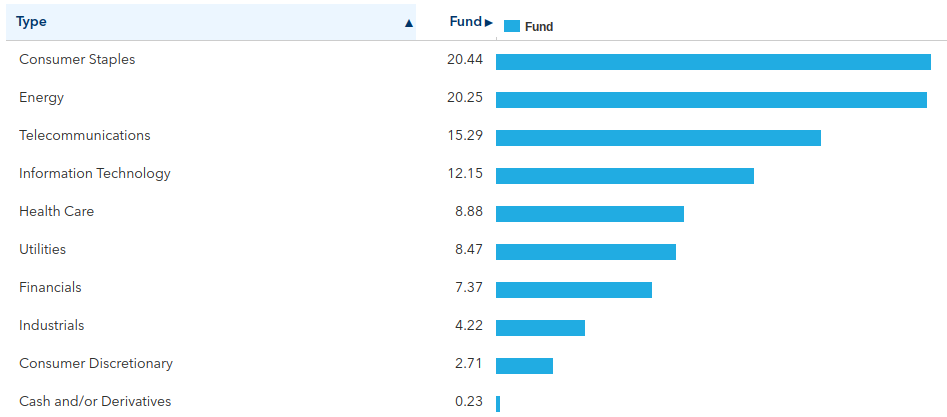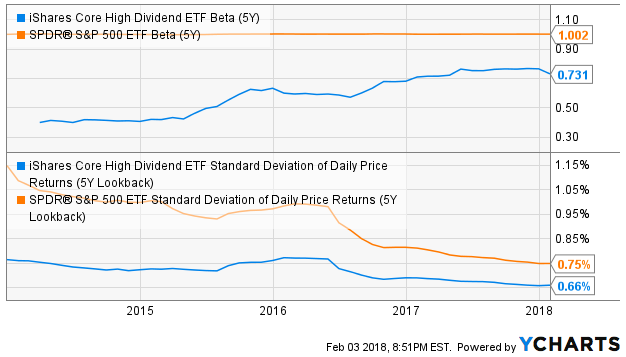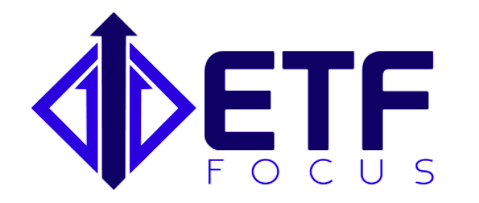
Investors who had gotten used to the slow, steady ascent in equity prices in 2017 probably got a jolt of reality this past week. For the week, all of the major indices dropped roughly 4% in value, the worst week for the equity markets in about two years. What was the culprit? Interest rates, most likely. The combination of more hawkish commentary from the Fed along with economic data, such as jobs and wages, that suggest inflationary pressures might be increasing were enough to drive traders away from stocks.
Is this the beginning of a turnaround in the market that many have been fearing? Not necessarily. This week’s news seemed to suggest that future interest rates become more likely, but expectations for a March rate hike, as measured by the Fed Funds futures market, only moved slightly higher. The odds of a March rate hike rose from 67% last week to 77% this week, hardly a shock to the system and far from a radical departure from previous expectations. Also, trading volume in stocks was only modestly higher this week. A 4% decline coupled with much above average trading volume would suggest a stronger change in market sentiment, but we haven’t seen that yet. A 1,000 point one-week decline in the Dow is not to be ignored, but there’s not evidence yet to suggest that this was a panic move.
Nonetheless, investors are probably looking for ways to protect themselves much more than they were a week ago at this time. Whether positioning themselves with a more defensive portfolio or shifting away from growth into value, there are a lot of different ETF options to choose. Starting that search with a fund that’s earned a 2-star rating from Morningstar and has underperformed the S&P 500 for most of its life may not seem like a logical place to start, but it might be one of the better options for investors if the equity market starts to struggle.
The iShares Core High Dividend ETF (HDV) is a fund that focuses on companies that display two quality characteristics - they have at least some degree of an economic moat and are far from in financial distress. These factors are quantified using Morningstar’s Economic Moat rating and Distance to Default score. Companies that meet these screening criteria and then ranking by their dividend yield. The 75 highest yielding companies qualify for the fund. This strategy ends up producing a portfolio of mature, cash-rich companies with above average dividend yields.

The first thing you’ll notice is the heavy weighting to some of the market’s traditionally defensive sectors. Consumer staples and telecom make up more than one-third of the fund, while it’s underweighted to tech, healthcare and financials. REITs are ineligible for the fund’s underlying index, so you’ll see no real estate exposure here. This is a very defensive portfolio that could reasonably be expected to do well, relatively speaking, during a prolonged market downturn.

Not surprisingly, HDV is considerably less risky than the S&P 500. Looking at either its beta or standard deviation of returns, the fund would be expected to drop less than the market during down markets. The downside of this is that the fund would also be expected to underperform during bull markets, which is exactly what we’ve seen from HDV over the past several years.
What to Like About This Fund
- The expense ratio - At just 0.08%, HDV is one of the cheapest dividend ETFs you’ll find. It’s even cheaper than the SPDR S&P 500 ETF (SPY).
- The dividend yield - HDV has a dividend yield of 3.3%, well above the 2% yield of the S&P 500. That yield will be appealing to anyone looking to squeeze a little extra income from their portfolio, but could look especially attractive in a weak market.
- The quality focus - The fund is looking for high yields, but it’s not “reaching” for yield. Putting quality screens in place helps reduce the risk associated with including artificial high yields due to financial distress.
What Not to Like About This Fund
- Too conservative? - If you’re anticipating a market downturn and want to position yourself defensively, this would be a reasonable fund to choose, but six years of history have shown us that, over the long-term, it’s reasonable to expect this fund will underperform. This fund is probably better suited as a piece of a broader portfolio, but not necessarily a core piece.
Conclusion
I have some concerns about the way the fund is positioned in the context of the current market environment. The fund is underweight in tech, healthcare and financials - three areas of the market that should, in theory, do well in a strong economy with gradually rising interest rates. I like that it’s overweight in energy, an area of the market that I think will do well in 2018, and that it has no exposure to the rate sensitive real estate sector. Overall, though, the fund’s composition feels like a mismatch to which areas of the market should do well.
But the original topic is whether or not HDV is the right dividend ETF for an uncertain market. The question comes down to whether or not you believe that we’re headed into a potentially prolonged market downturn. If you’re looking to go defensive (or you just want dividend ETF that’s very conservative in nature), then this would be a fund well-suited towards that goal.
If you enjoyed reading this article, please be sure to share it below and subscribe to the site so that you don't miss any updates or new stuff! As always, thank you for taking the time to read!


